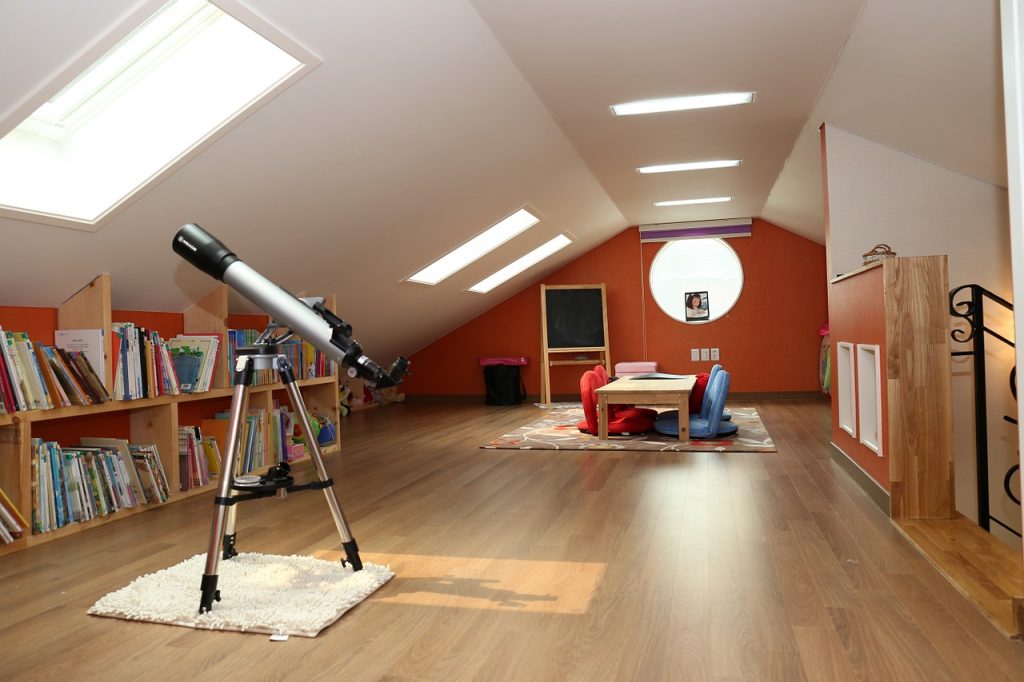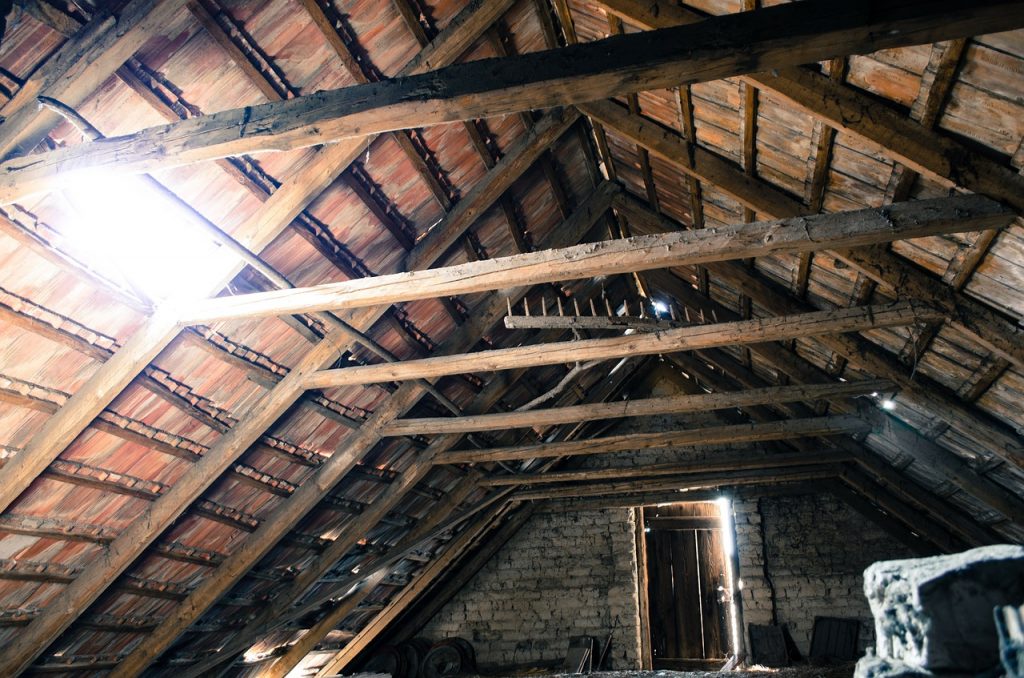If you’re looking to add more living space to your home without expanding outwards, then you’ve probably realized that you have two options – converting a basement or an attic renovation.
Both options are tightly controlled by various rules and regulations. You can’t just decide one day that you’re going to turn your attic into a guest room or your basement into a study. Suddenly, that makes both options a lot less appealing.
Here, we’re going to take you through the regulations that affect an attic renovation. You’ll have more knowledge whether your project is feasible. Hopefully, before you get too advanced in the planning stages.
Floor space and dimensions
There are strict measurements that you have to adhere to in order to satisfy building code when renovating an attic. Essentially, it all boils down to space and whether your new room will have enough of it in order to provide adequately sized living quarters that allow an occupant to stand.
As a result, at least 50 percent of the usable floor space must contain a ceiling height of seven feet five inches or more. This is so that virtually every American could stand comfortably in the room.
The attic renovation must also have a minimum of 70 square feet of floor space with a minimum of seven feet in any one direction. That’s to stop the potential situation of a room being three and a half feet by 15 feet, which would technically fill the attic floor space criteria but would still be impractical to live or work in.
The roof structure
So if you’ve got the minimum amount of space required to convert an attic, the next area to check is the roof. Attic roofs that use rafters can be converted into a new room. Any roof which has trusses is a no-go.
The difference? Traditional rafters are triangles; they’ll have one beam along the bottom and two beams going up which support the roof. Attic trusses will have the same triangular beams as a rafter but with more triangle shapes contained within.
Additional beams provide extra support. Therefore, an attic with trusses cannot be converted. This is due to the fact that there simply won’t be enough clear space. You might, however, be able to remove the trusses if you have an entire new roof installed, at which point you’ll want to contact a roofing expert to discover how feasible that is. By speaking to a residential roofing specialist, you can get the best direction and advice possible.
Access To An Attic
Your attic is probably accessed by some sort of ladder. Whether it be fixed, pull down or one you have to fetch from the garage. To convert your attic, you must be able to provide access by a staircase. This must provide a minimum of six feet eight inches of headroom for its entire walking length. In addition at least 36 inches wide and have treads at least 10 inches deep. They must have risers which are at least seven and a quarter inches high.
This post is a collaborative effort that may contain relevant and resourceful affiliate links. All opinions are our own and for informational purposes.



